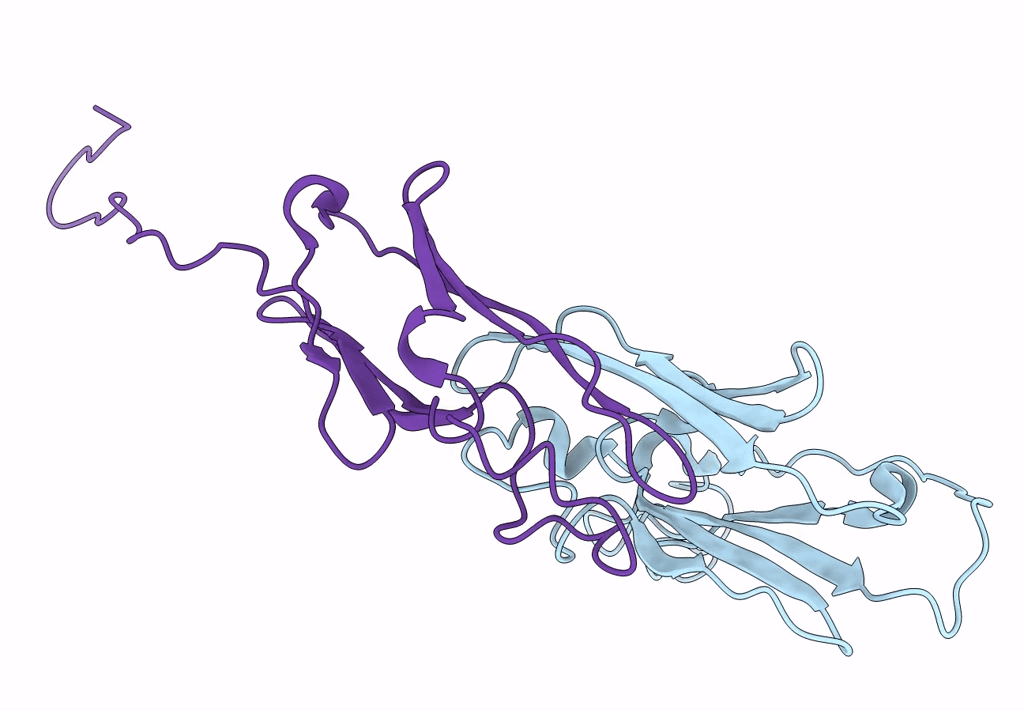
Deposition Date
2021-08-09
Release Date
2022-12-14
Last Version Date
2024-07-17
Entry Detail
PDB ID:
7PE3
Keywords:
Title:
Pseudo-atomic model of the tetrahedral 24mer of Hsp17 from Caenorhabditis elegans
Biological Source:
Source Organism:
Caenorhabditis elegans (Taxon ID: 6239)
Host Organism:
Method Details:
Experimental Method:
Resolution:
6.49 Å
Aggregation State:
PARTICLE
Reconstruction Method:
SINGLE PARTICLE


